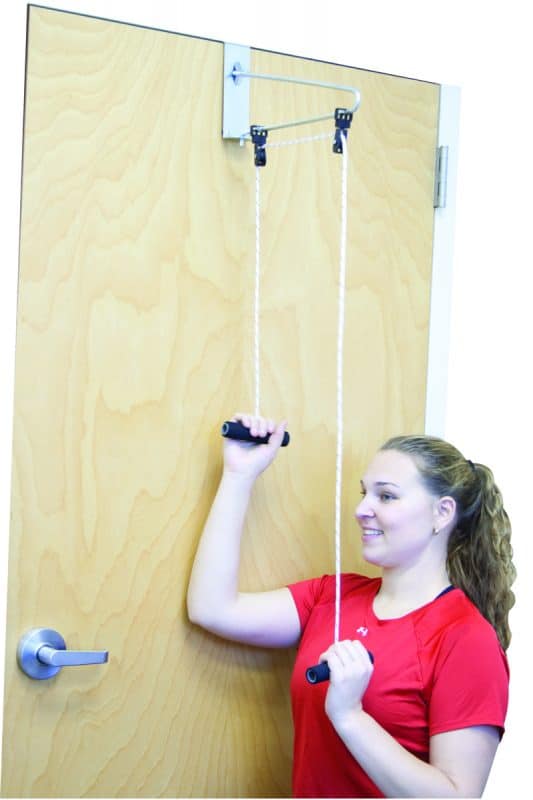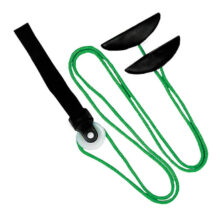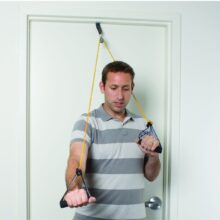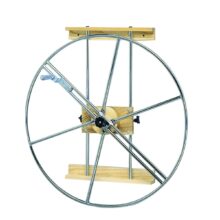Over Door Shoulder Pulley
Login For Dealer Pricing
Used to increase range of motion in the shoulder, the CanDo® Overdoor Shoulder Pulley comes equipped with two pullies and an over the door bracket. Extra long rope allows user to either stand or be seated when exercising. Padded handles allow for addition grip comfort. Can be fitted to most doors.






